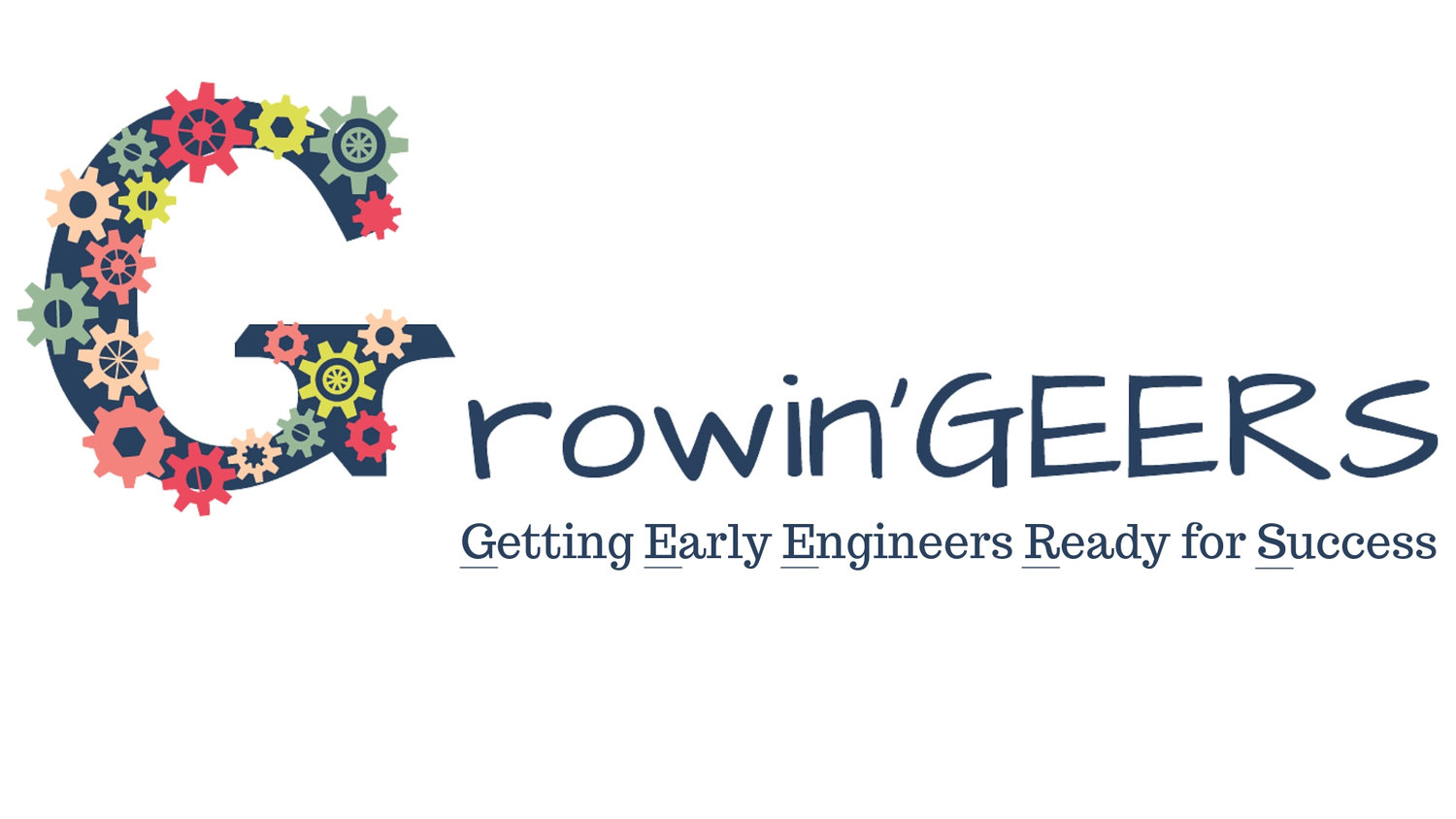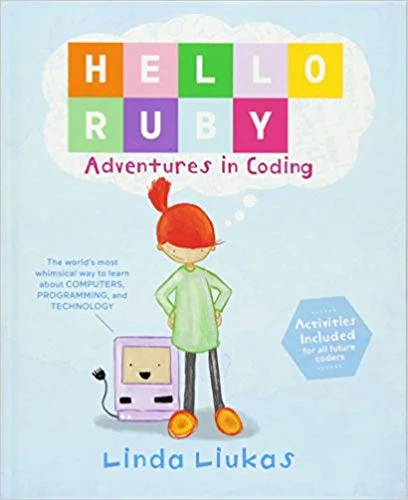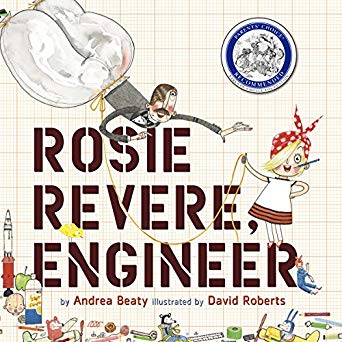One of our favorite mottos is “Practice Makes Perfect”. To become an expert or learn anything, you must consistently be present in learning, practicing, and absorbing that subject or skill.
So, in order to keep STEM top of mind and to immerse yourself in STEM learning, we have created a monthly STEM facts calendar for you! Each month, you will receive a full month of fun STEM facts to keep you learning all year long!
How can you use these STEM facts? Below are a couple suggestions for our STEM loving mommas and killer STEM educators!
Momma Tips
Read our STEM fact of the day at breakfast with the kiddos to get a fun, STEM focused dialog started over your Cheerios! If it is something that sparks an interest for your family, do a bit of extra research on that fact during the day.
Read the STEM fact at lunch time to add some fun to the middle of the day!
Discuss the STEM fact over dinner with the whole family and gather each family member’s take on the fact. Were they surprised? Did they already know that? Have fun with it and make it a nightly game!
Teacher Tips
Use our STEM fun fact to be a consistent check point to start the day. By creating routine in your classroom, your students will have an idea of what to expect and will look forward to the fun and sometimes surprising fact!
If you review the facts on a regular basis, let your students pick a fact from the year and do a research project on it. Get them to dive into something that they didn’t know before!
Close the day with our STEM fun fact and ask the students to come back the next day with some research on the subject. This will take their learning out of the classroom and will be a consistent and enjoyable way for them to bring their education home to their parents!
All around, these fun facts are a quick and easy way to integrate STEM into your family’s routine or your classroom’s routine.
Click below to make STEM a part of your day to day routine with Growin’GEERS!










